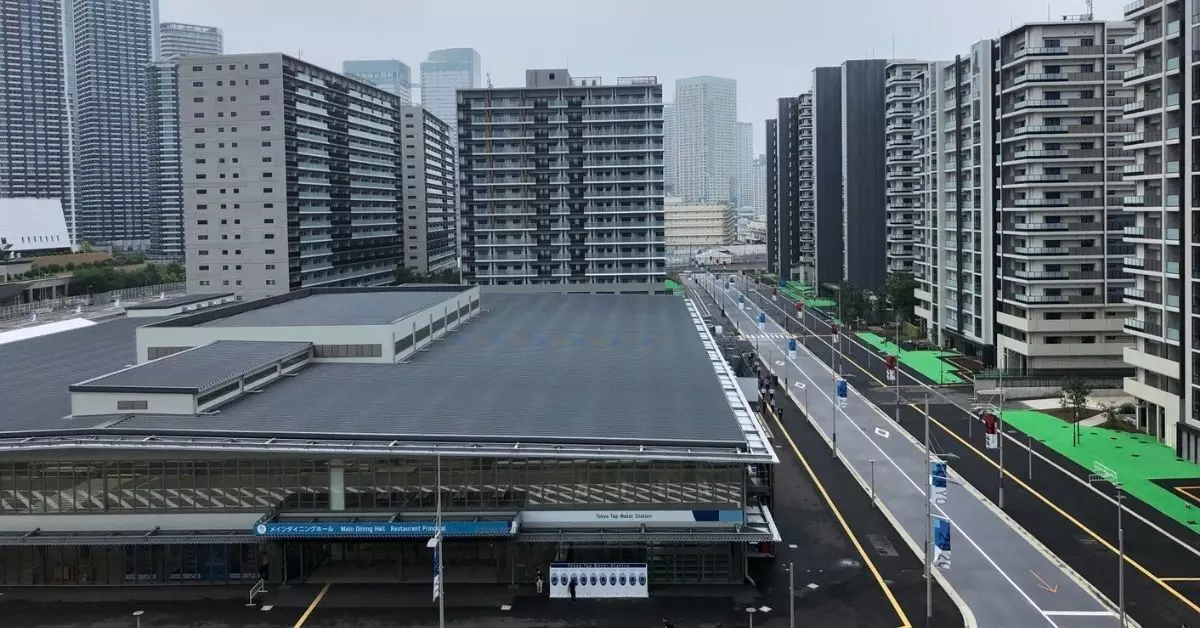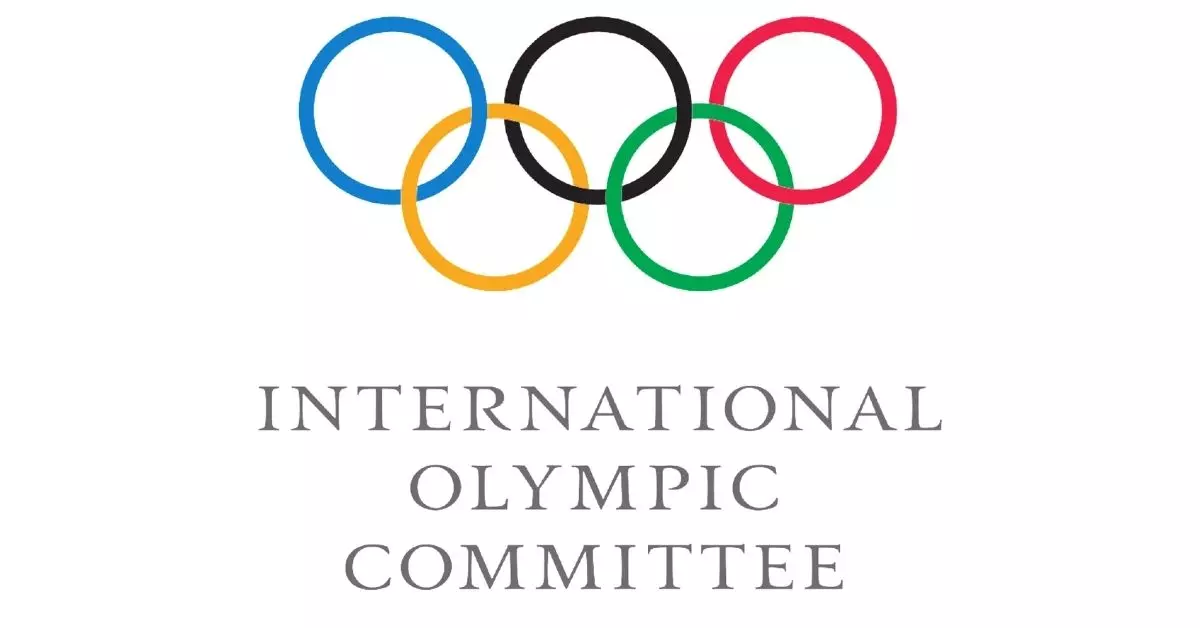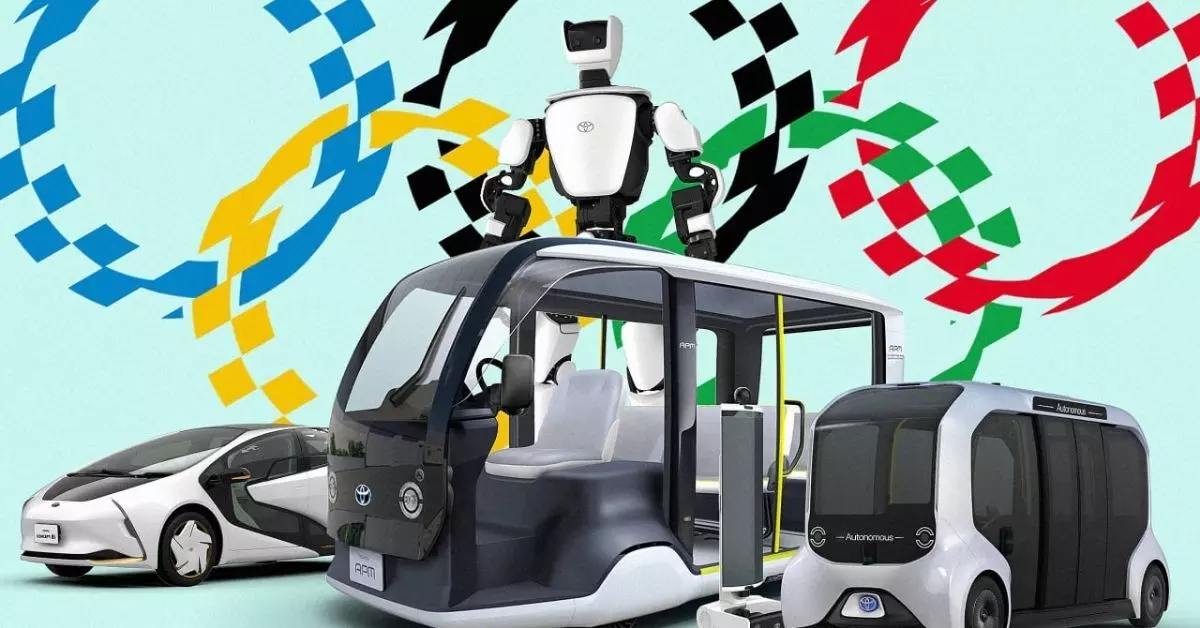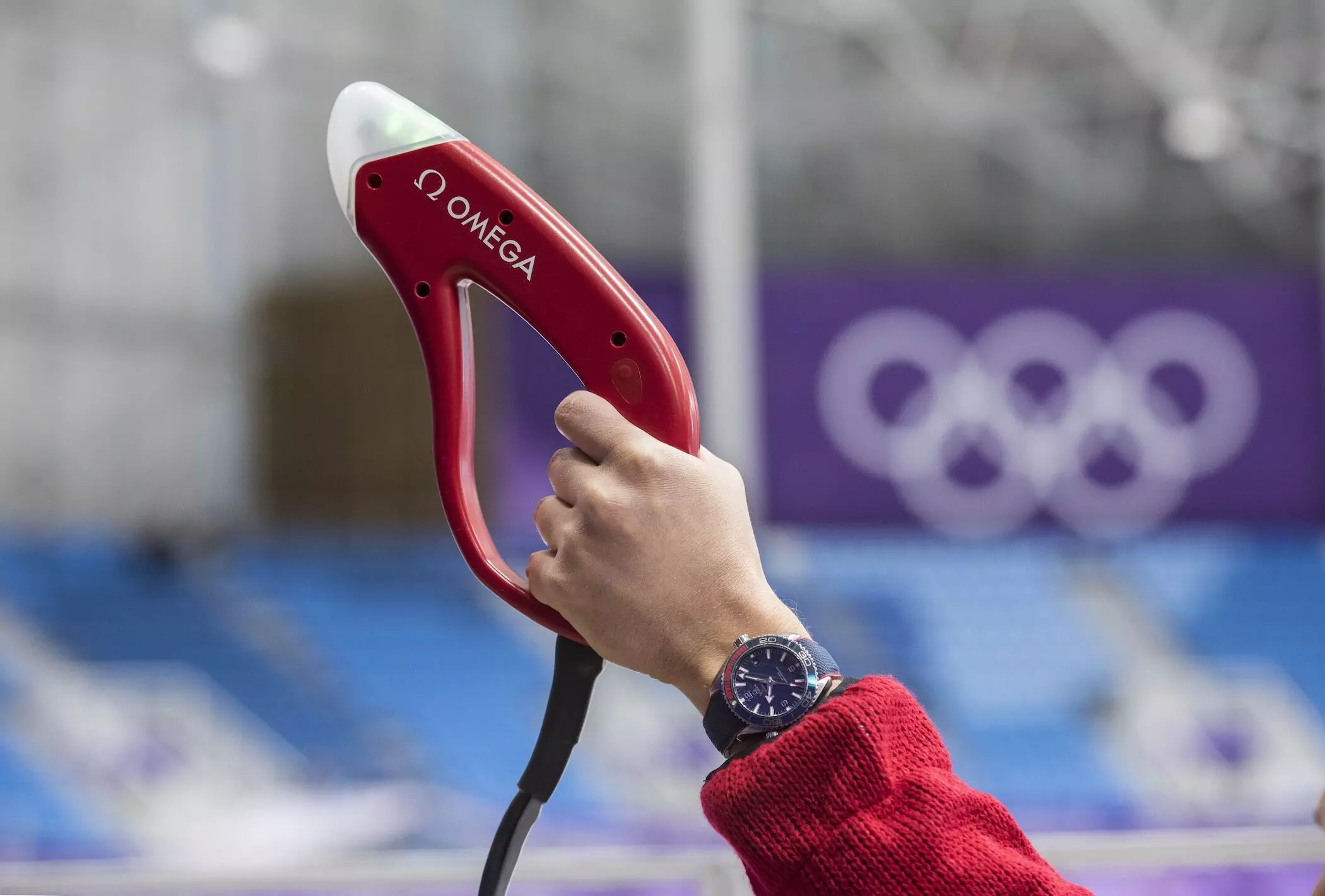Tokyo 2020
How are broadcasting and sponsorship taken care of in the Olympics?
A look into how the host countries handle broadcasting and sponsorship for the Olympics

Tokyo Olympics (Source: India Today)
Hosting Olympic Games can cost billions of dollars to the host country. As per the recent study conducted by Stanford University in the UK, the average sports-related cost for hosting the Olympic games is around USD 12.0 billion.
Non-sport-related costs that include infrastructure costs for roads, airports, transport mediums, hotels typically cost multiples of this value. As per the estimates, the 2008-Beijing Games were the costliest in the history of the Summer Olympic Games with a humongous cost of USD 44.0 billion.
Out of these huge sums, USD 6.8 billion was the estimated cost of the games itself while the remaining costs were related to infrastructure like the Beijing Airport terminal which cost around USD 3.0 billion.
Even the Tokyo 2020 games are expected to cost around USD 20.0 billion. Out of the total cost estimated, 45% each will be contributed by the Tokyo Organizing Committee of the Olympic and Paralympic Games (Tokyo 2020) (OCOG) and Tokyo Metropolitan Government (TMG) respectively while the remaining 10% will be the contribution from the Government of Japan.

Funding from IOC
Out of the amount spent by OCOG, a certain percentage is contributed to them by the International Olympic Committee (IOC). This contribution from IOC generally received in the form of share in the television and broadcasting rights, additional revenue raised through domestic commercial activities facilitated by the authorized use of the Olympic marks along with the OCOG's symbol.
As per the IOC Marketing and Fact file of 2021, the actual amount contributed by IOC for Rio-2016 was ~USD 1.5 billion while the three previous editions of Olympic games in London, Beijing and Athens received USD 1.4 billion, USD 1.3 billion and USD 0.9 billion respectively from IOC.
Additionally, IOC also helps the OCOGs for the respective games by managing the domestic sponsorships, ticketing and licensing programs within the host country. OCOG for Rio-2016 managed to generate USD 2.6 billion from all these avenues.

Who pays the IOC
The IOC is a non-profit association that is committed to leading the Olympic movement and contributing to building a better world through sport. Its operations are based on a four-year period called as Olympiads during which an Olympic Summer Games, an Olympic Winter Games and a Youth Olympic Games are held.
During the last completed cycle of the 2013-2016 Olympiad, IOC generated total revenue of USD 5.7 billion. Out of this amount, the majority (~90%) was contributed by the broadcasting and marketing rights. Out of total revenue of USD 5.2 billion from broadcasting and marketing, USD 4.2 billion was contributed by the broadcasting alone while the contribution of marketing was USD 1.0 billion.
IOC Broadcasting revenue
As the owner of the broadcasting rights for the Olympic games, the IOC is responsible for granting the rights of television, radio, mobile and internet coverage to media companies around the world. The rights agreements are negotiated by the IOC with the primary aim of ensuring that the games are available to the highest number of people and have the widest global audience possible. For the past three decades, broadcasting revenue from these Rights Holding Broadcasters (RHBs) has been the major contributor to IOC income.
2020-Tokyo games will be broadcast globally to a potential audience of 5.0 billion by Olympic Broadcasting Services (OBS) which was established in 2001 by IOC as the permanent host broadcaster of the Olympic Games.
During 2020-Tokyo, OBS will produce approximately 9,500 hours of content in just over two weeks which includes approximately 3,800-4,000 hours of live sports and ceremony coverage which in itself amounts to 30% more than the content produced during the 2016-Rio games.
In 2021, for the first time at the Olympic Games, RHBs will also be able to bring their archery coverage to the next level and reveal the inner workings of Olympic archers by displaying biometric data. In collaboration with Worldwide Olympic Partner Panasonic, OBS will rely on contactless vital sensing technology to provide live heart rate monitoring.
Four cameras will be placed at approximately 12m from the athletes, focusing on their faces and analyzing the slight changes of skin colour generated by the contraction of blood vessels from the captured video. Audiences will be able to witness the heartbeat variations and adrenaline rush experienced by the archer's body, as they shoot their arrow, through an on-screen graphic.
As of date, 29 Rights Holding Broadcasters (RHBs) have partnered with the IOC to take the live telecast across the billions of people around the globe.
In 2011, the US media giant NBS inked a contract worth USD 4.38 billion with the IOC for the broadcasting rights till 2020-Tokyo, for which an extension was signed in 2014 to allow the broadcasting of IOC-related events by NBC till 2032 Olympic Games with an additional USD 7.75 billion.
Another US media and entertainment company Discovery Communications and its pan-European Sports broadcaster Eurosuport have acquired television and multi-platform rights in a host of European markets like the UK, Germany, France, Spain, Switzerland etc. for the period of 2018-2024 with a deal valued at USD 1.3 billion.
Back in India, Sony Entertainment Television (SET) won the telecasting rights of 2020-Tokyo games for a mere USD 13.0 million, while for the previous edition in 2016-Rio, Star Network provided a sum of USD 20.0 million to the IOC.
IOC Marketing Revenue
The marketing and sponsorship revenue for an Olympic is generated mainly under The Olympic Partner (TOP) program which is the worldwide sponsorship program managed by the IOC.
The IOC created the TOP Programme in 1985 in order to develop a diversified revenue base for the Olympic Games and to establish long-term corporate partnerships that would benefit the Olympic Movement as a whole. The TOP Programme operates on a four-year term i.e. the Olympiad.
The TOP Program supports the Organising Committees of the Olympic Games, Olympic Winter Games, The National Olympic Committees (NOCs) and the IOC. The TOP Programme provides each Worldwide Olympic Partner with exclusive global marketing rights and opportunities within a designated product or service category.
The global marketing rights include partnerships with the IOC, all active NOCs and their Olympic teams, and the OCOGs during the Games of each Olympiad. The TOP Partners may exercise these rights worldwide and may activate marketing initiatives with all the members of the Olympic Movement that participate in the TOP Programme.
As of the 2013-2016 Olympiad, the TOP program consisted of 12 partners which served all 205 of its participating NOCs to generate a revenue of USD 1.0 billion. These 12 partners included marquee names like Bridgestone, Coca-Cola, Atos, Dow Chemicals, GE, Intel, Samsung, Toyota, Omega, Visa, Panasonic and Proctor & Gamble.

After the completion of the 2016 cycle, 3 new partners Airbnb, Alibaba Group and Allianz joined forces with the IOC to serve at least till the end of the current cycle which will end with the conclusion of the 2020-Tokyo Games period that ends by December 31, 2021.
Other than the TOP program, at a local level, the Olympic Games Domestic Sponsorship Program is managed by the OCOG within the host country under the direction of the IOC. This program supports the operations of the OCOG, the planning and staging of the Games, the host country NOC and the host country Olympic team.
The Olympic Games domestic sponsorship programme grants marketing rights within the host country or territory only. The host country NOC and the host country Olympic team participate in the OCOG sponsorship programme because the Marketing Plan Agreement requires the OCOG and the host country NOC to centralize and coordinate all marketing initiatives within the host country.
During 2016-Rio, 53 domestic partners connected with this program to provide an estimated revenue of USD 850.0 million to the OCOG. As far as 2020-Tokyo is considered, other than the 15 worldwide partners fetched via the TOP program, the OCOG has managed to onboard 15 additional Gold partners which include names like Canon, Asics and Fujitsu and 32 official partners like ANA, Mitsubishi Electric, Cisco etc.
It is estimated that Tokyo OCOG is targeting revenues of up to USD 1.3 billion from these additional sponsors.

History of Olympic Marketing & sponsorships
Back in 1896, the first modern Olympic Games in Athens were sponsored by Greek Businessmen cousins Evangelis & Konstantinos Zappas along with George Averoff. Averoff sponsored the second refurbishment of the Panathenaic Stadium. He donated USD 120,000 for holding the games in Athens for which he was rewarded with a statue and a battleship named after him.
After that till 1912-Stockholm, there was not enough enthusiasm amongst the businesses of that era to cash in on this global event. In Stockholm, 10 Swedish companies came together to purchase sole rights to take photographs and sell memorabilia of the Olympic Games. It was in 1924-Paris when the advertising signage appeared within view of the Olympic Games venues for the first and only time in history.
In 1928-Amsterdam, current TOP Partner Coca-Cola began its journey with the Olympic movement. Helsinki-1952 was the first Olympic to launch the official international marketing program where Companies from 11 countries made contributions of goods and services ranging from food for the athletes to flowers for medallists.
1964-Tokyo was the first time when the revenue from the sponsors crossed USD 1.0 million. It was not until 1988-Seoul that IOC has decided to launch the TOP program which continues will today.
Since then, it has evolved multiple times to arrive at its current shape and form. During this period, certain controversies questioning the association of brands like McDonald's and Dow Chemicals have also risen, which were answered adequately by the IOC.
The Olympic movement has managed to reach the doorsteps of a normal citizen thanks to the heavily priced broadcasting and sponsorship deals. The revenues earned by IOC not only helped it in the successful organization of the Summer, Winter and Youth Olympic Games but it has also helped IOC to fund the NOCs and the International Federations (IFs).
Going ahead, the ever-evolving digital market space will throw open some interesting challenges in front of the IOC to maximize the revenue from the broadcasting and marketing deals by making the ecosystem lucrative enough for new organizations to see any benefit in it.
